My kids are really into board games at home. I know there are a ton of snazzy new ones, yet I couldn’t help but introduce them to some of the old classic board games I played as a kid. And playing this particular one with my daughters is also what inspired me to create Guess Who math games for the classroom.
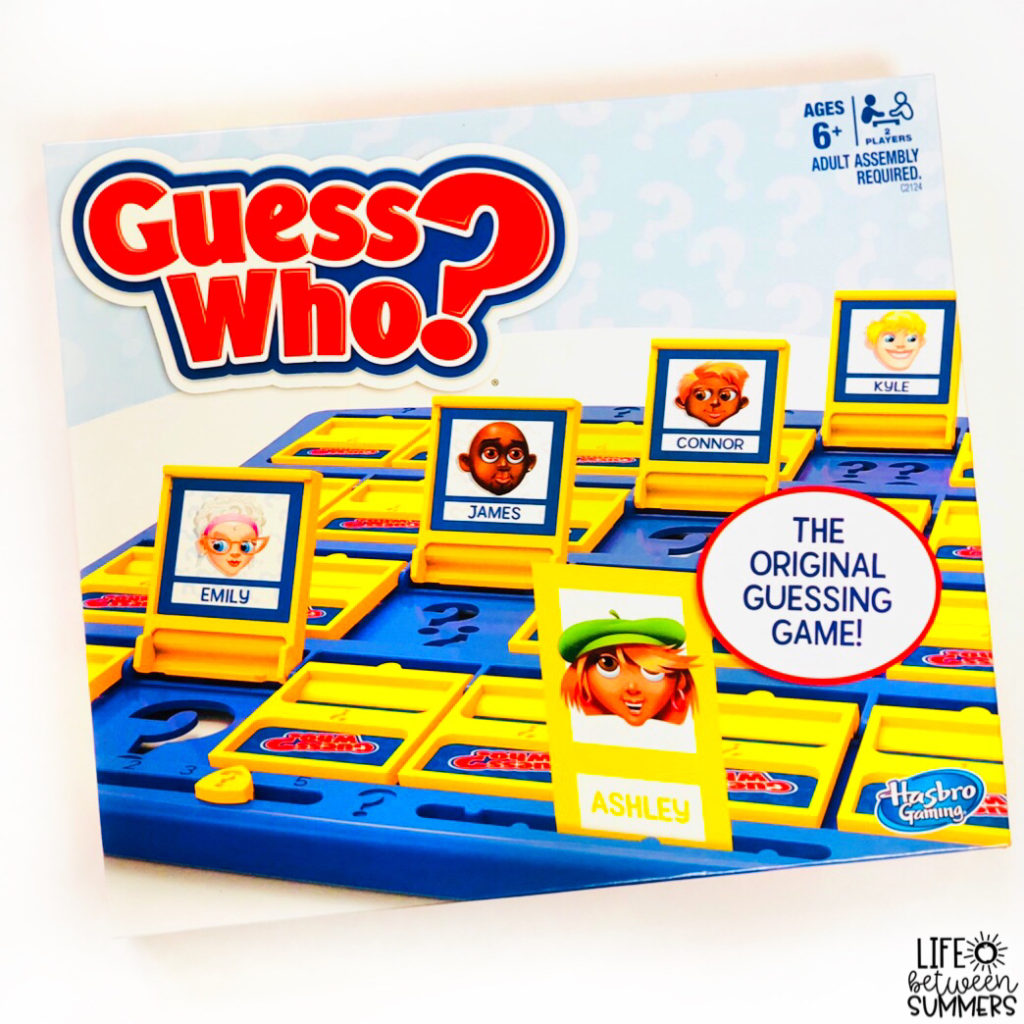
The Original GUESS WHO Game
If you happen to be unfamiliar with the game, it’s very simple. Each person has a card with a “mystery person” on it, and you try to be the first one to guess who your opponent’s mystery person is by asking yes or no questions (for example, “Is your person wearing glasses?”). It’s a process of elimination of flipping down flaps on the game board until you can narrow it down and “guess who” it is.
My daughter received the game as a present for her birthday, and she would always want to play. We’ve easily played it 100 times. When I’d be getting dinner ready or trying to get out the door to go somewhere she would beg, “Just one round, please Mommy!”
Now, while the maternal part of me enjoys the simple fun of playing games with my daughter, sometimes it’s still hard for me to turn off my Teacher Brain. I couldn’t help thinking that if my own kid wants to play this over and over, then it would probably have the potential to be an engaging game to use in the classroom as well.
GUESS WHO Math Game for Place Value
My first thought was that it would lend itself very well to number sense and place value, so I popped out those little faces from the traditional game and replaced them with numbers. This set with 3 digit numbers is the one I’ve used most often with my second grade classes, but I also have sets for 1 and 2 digit numbers.
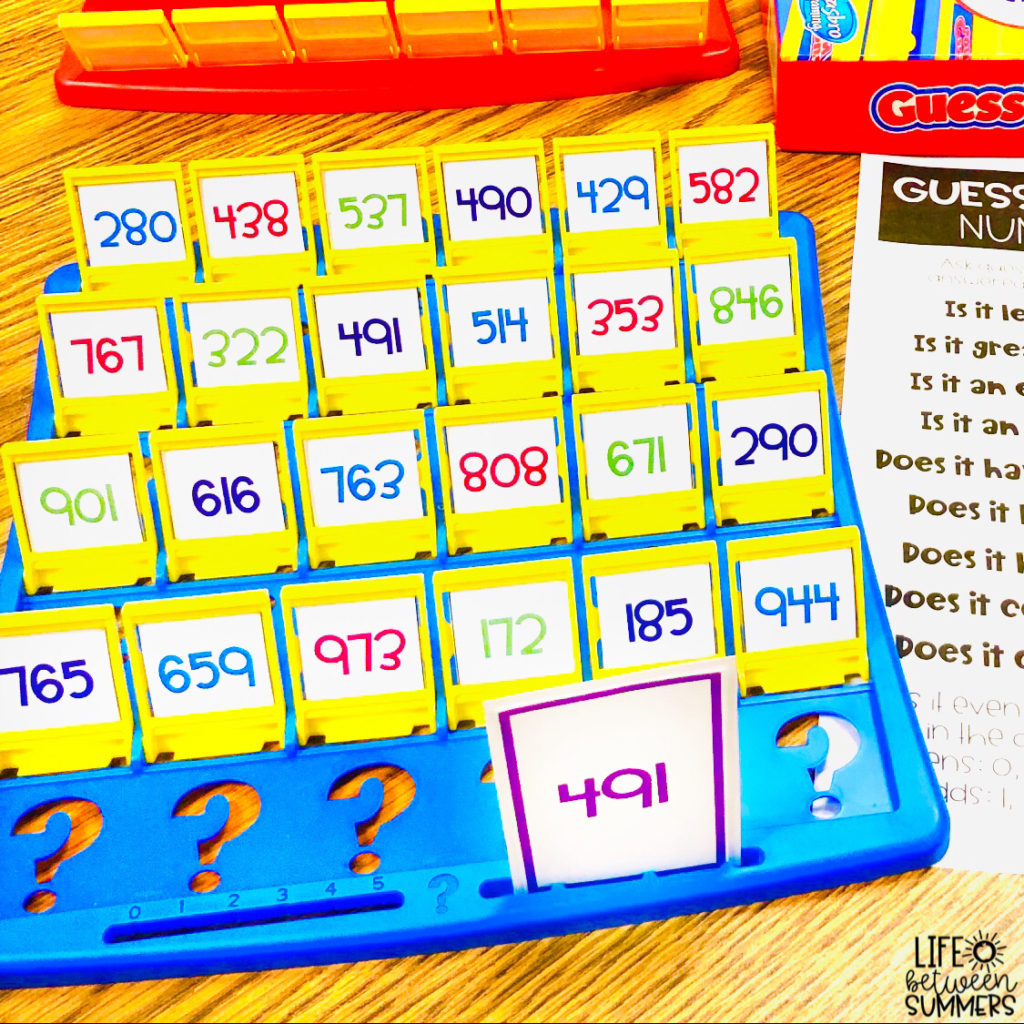
And when the makers of the board game released a new easy-to-load version with just one sheet that slides in (instead of all the individual pieces), I created new templates to go with it. It makes prepping so much quicker and easier…which is always a teacher win!
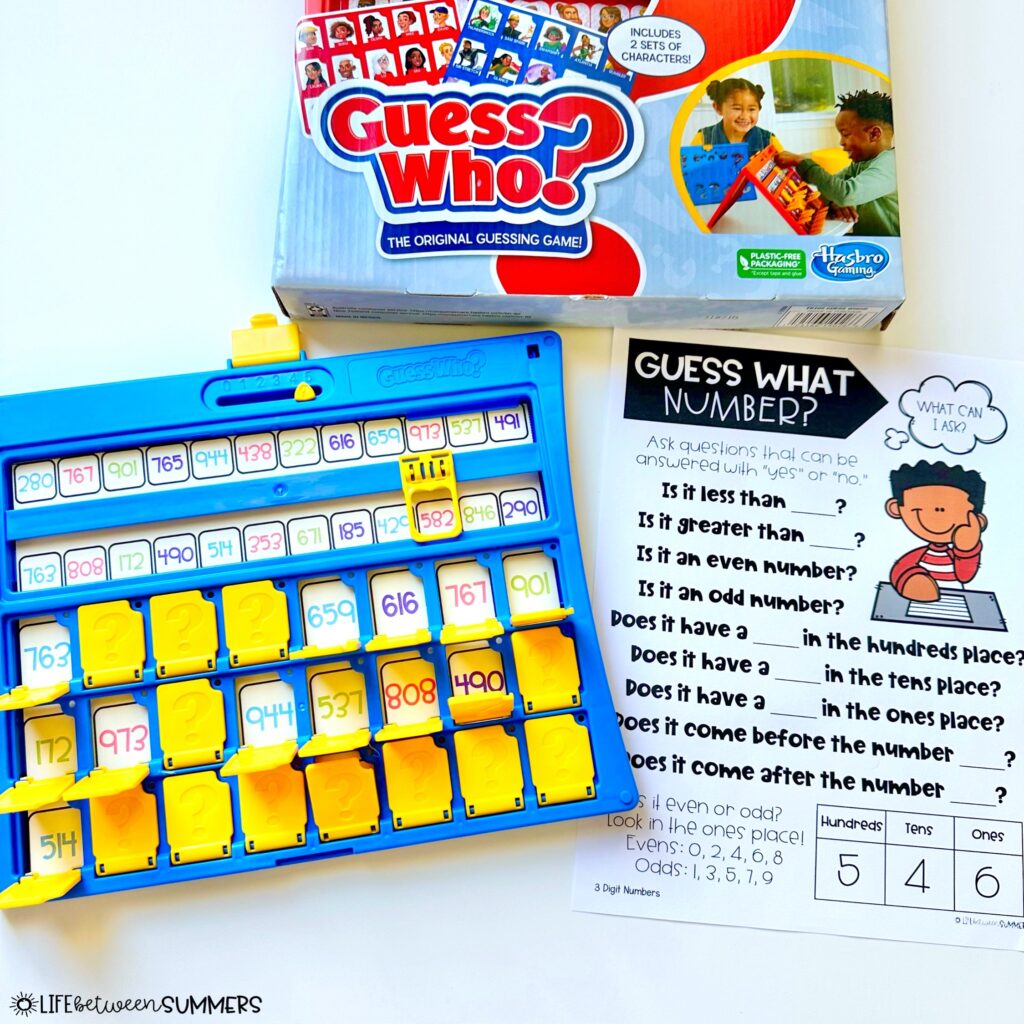
Many of my students were already familiar with how to play “Guess Who?” so it was very easy to show them the rules for the new math game: “Guess What Number?”
It is played much like the original, except that they ask questions to guess their opponent’s mystery number. It is AMAZING how this really gets students thinking and using their number sense. The game definitely ups the ante when it comes to rigor, because it takes a lot of skill to not only formulate questions, but also eliminate numbers based on their opponent’s answers. It is such a worthwhile (and fun!) way to practice place value concepts.
If you’d like to use this place value game as a math center or early finisher activity in your classroom, the resource includes FOUR game sets:
- Numbers 0-20 (technically, 0-23 since there are a few extra flaps)
- 2 Digit Numbers
- 3 Digit Numbers
- Mixed Numbers (a game with a combination of 1, 2, and 3 digit numbers)
These multiple versions can be used for differentiation based on students’ ability levels. You can switch to the versions with greater numbers as students progress throughout the school year.
Using Question Stems and Visual Supports
I anticipated that students might get a little stuck thinking of questions to ask, particularly when first learning how to play. I made these “cheat sheets” that they can keep next to them as they’re playing to be able to refer to them as needed.
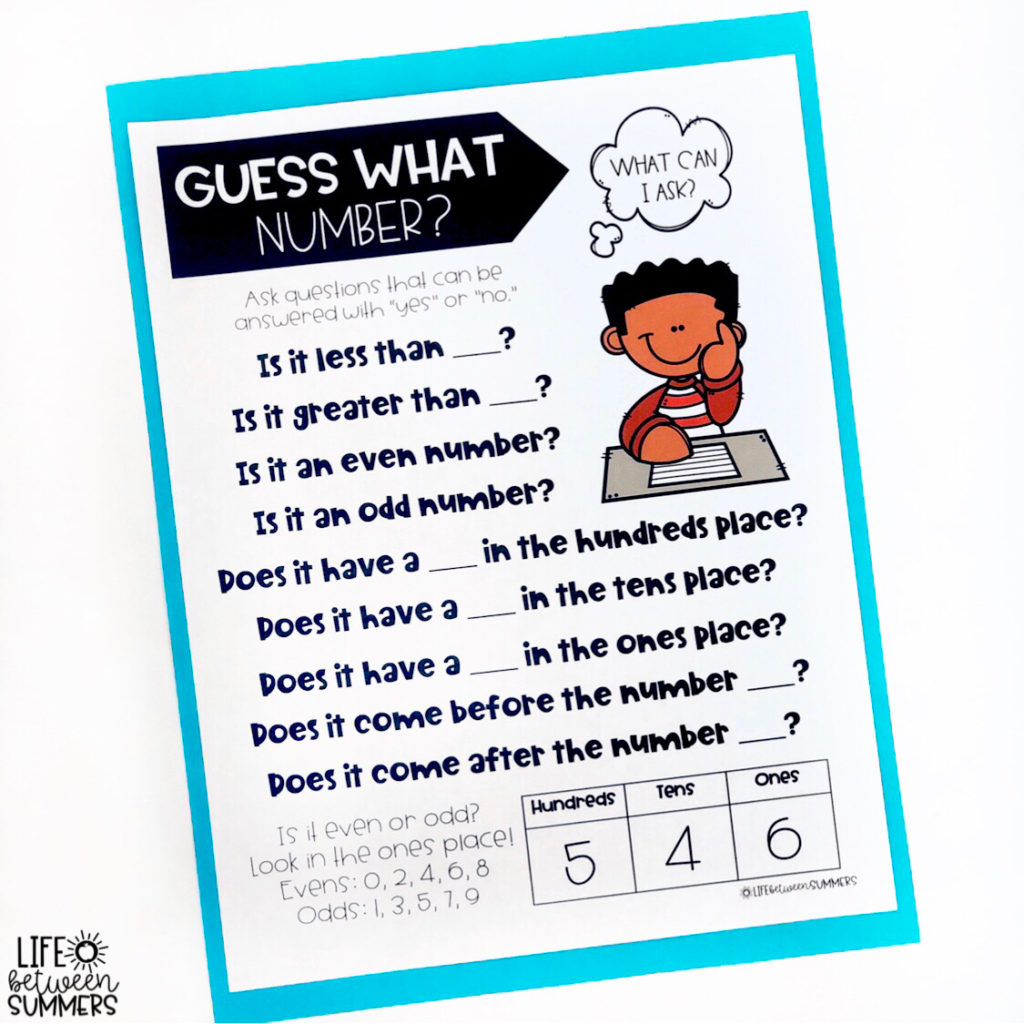
Most of the kids in my class did rely heavily on the cheat sheets at first, but I noticed that the more familiarized they became with the game, the less they needed to look at it. They have also made me proud by coming up with their own questions that are not on the sheet, such as, “Is it the sum of ____?” or “Is it between the numbers ____ and ____?”
This game did require a bit of modeling and support early on. I sat in on games when there were new players so that I could provide help when needed. But it did not take long for most students to get the hang of it to where they could play independently. It is also very clear that over time, they have been able to develop a much deeper number sense and improve their mathematical reasoning in the area of place value.
More GUESS WHO Math Games
Since I’ve seen how effective this game has been in improving number sense, I created Guess Who games for additional math concepts. Some skills are: standard/expanded/word form, addition, subtraction, multiplication, division, counting money, telling time, geometry, and fractions! All of these games can also be found by searching “Guess Who” in my TPT store.
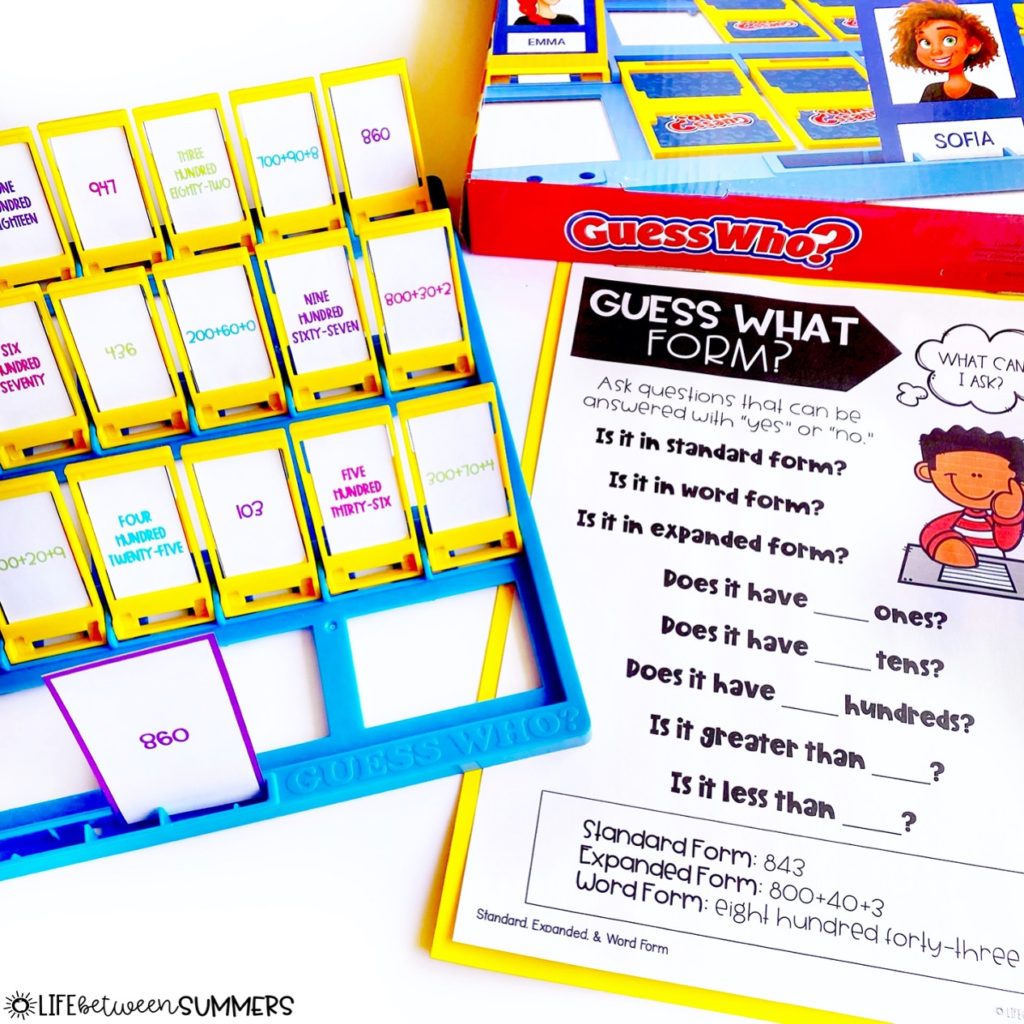
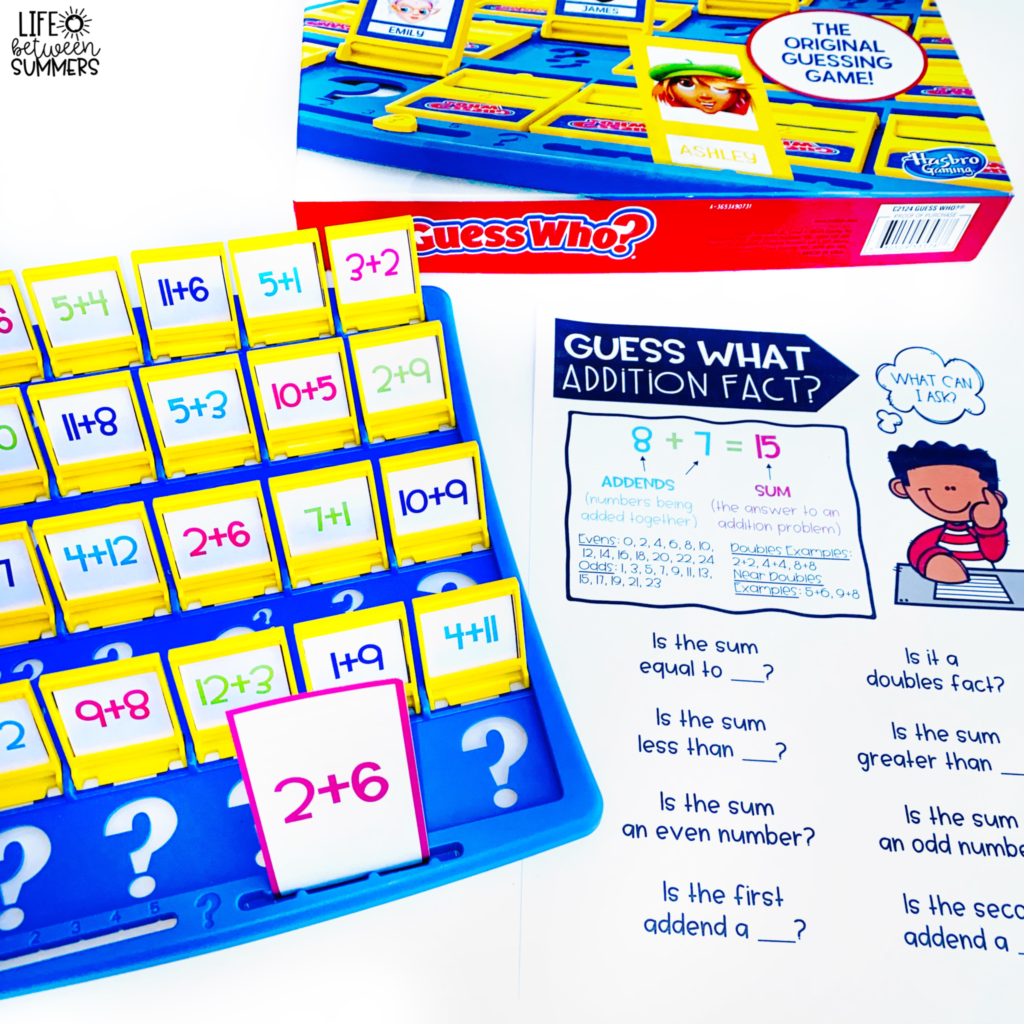
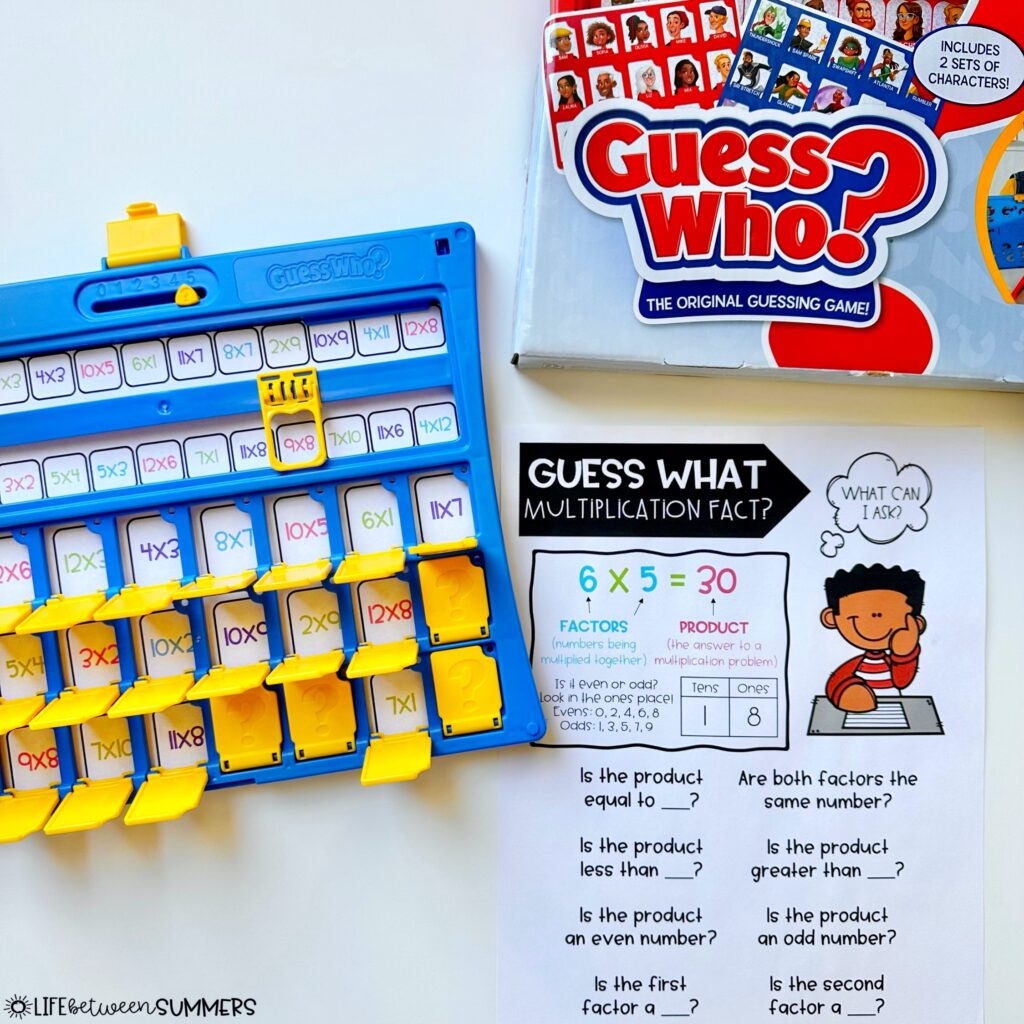
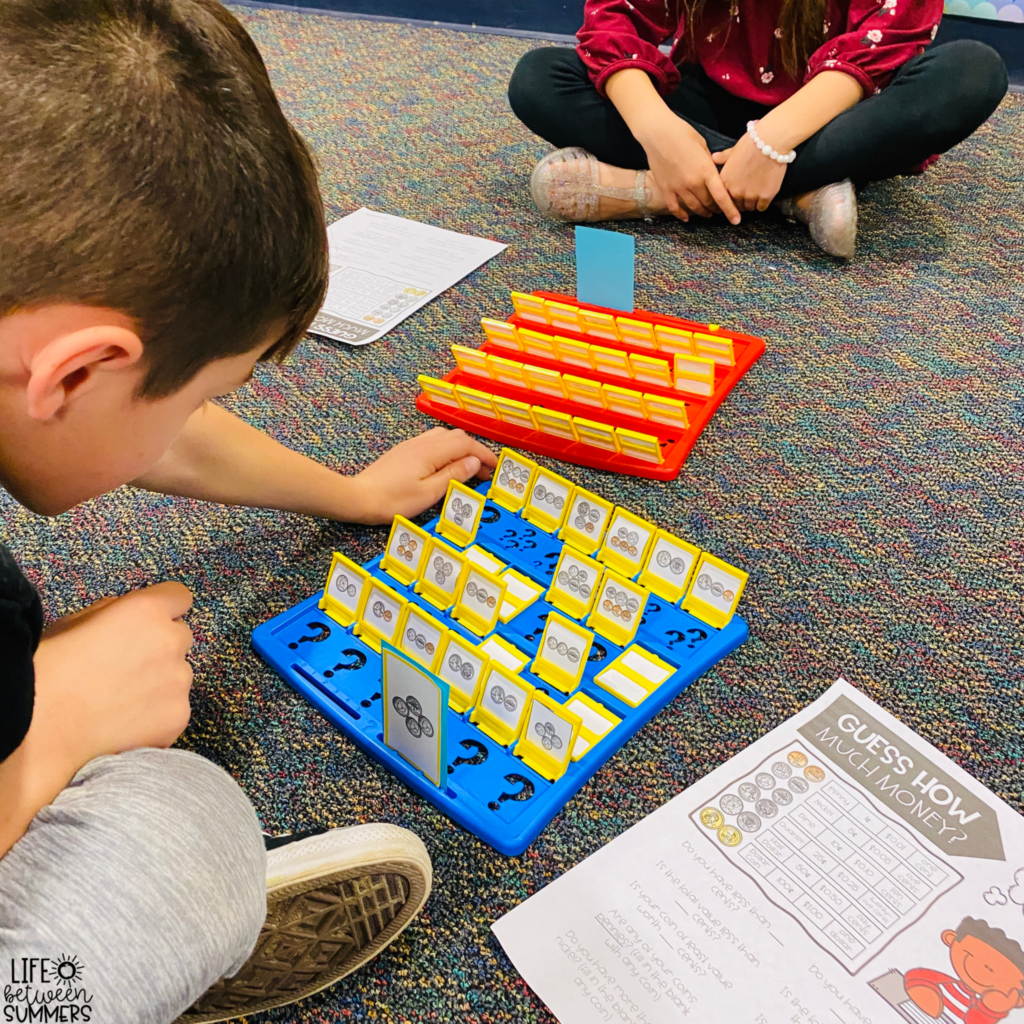
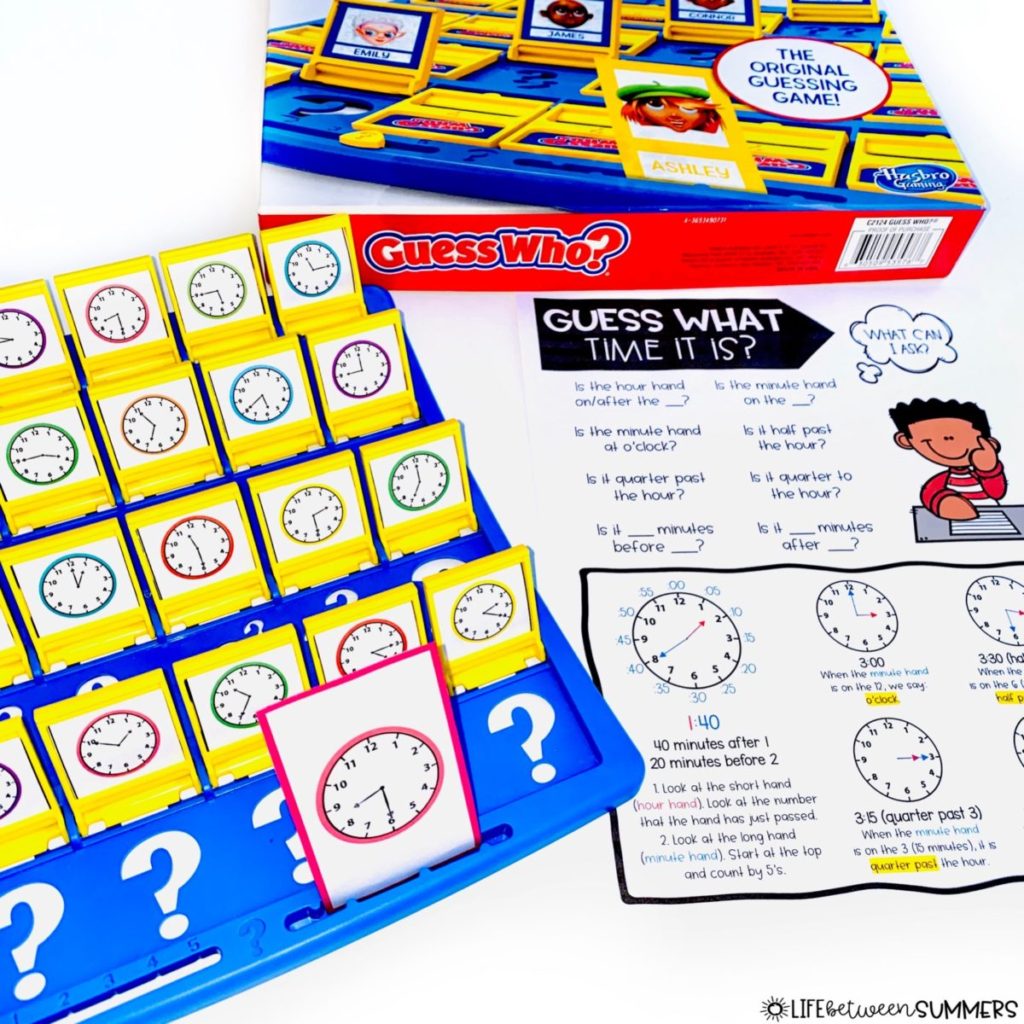
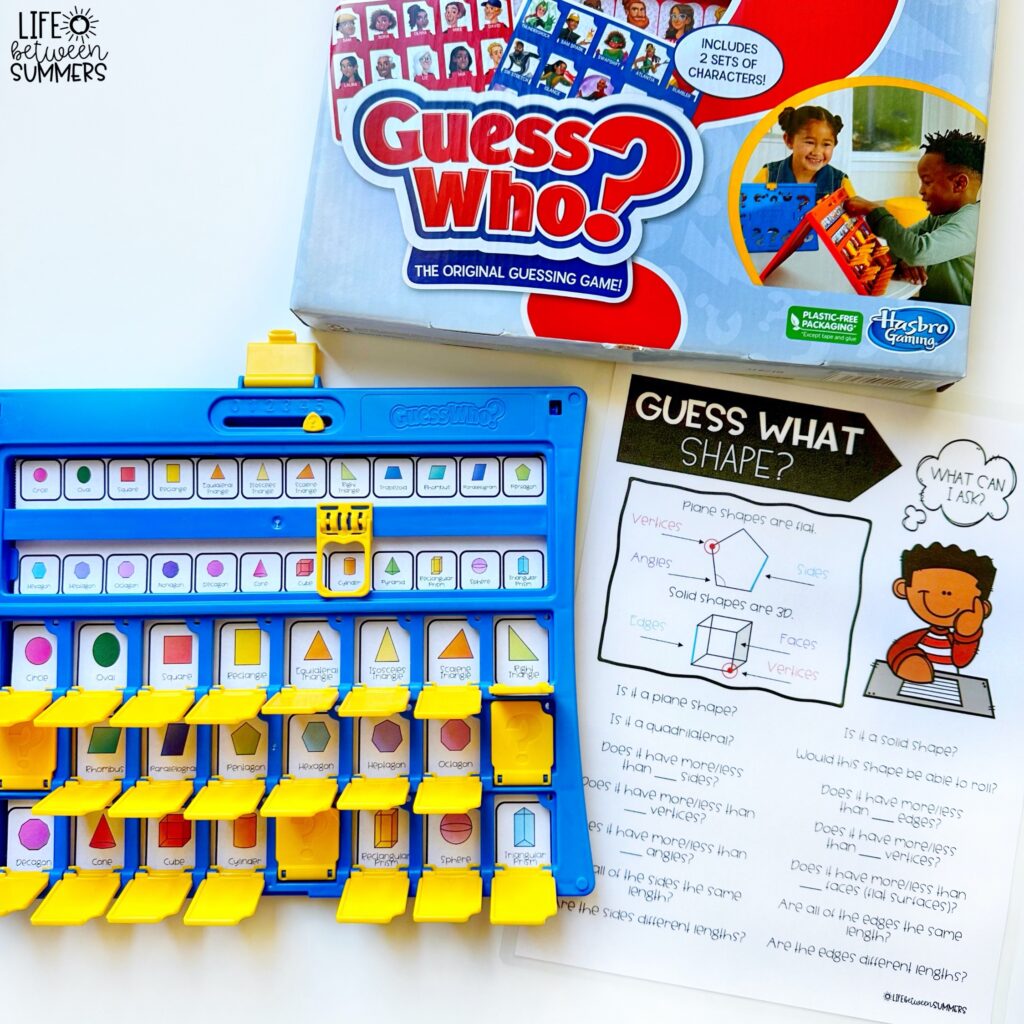
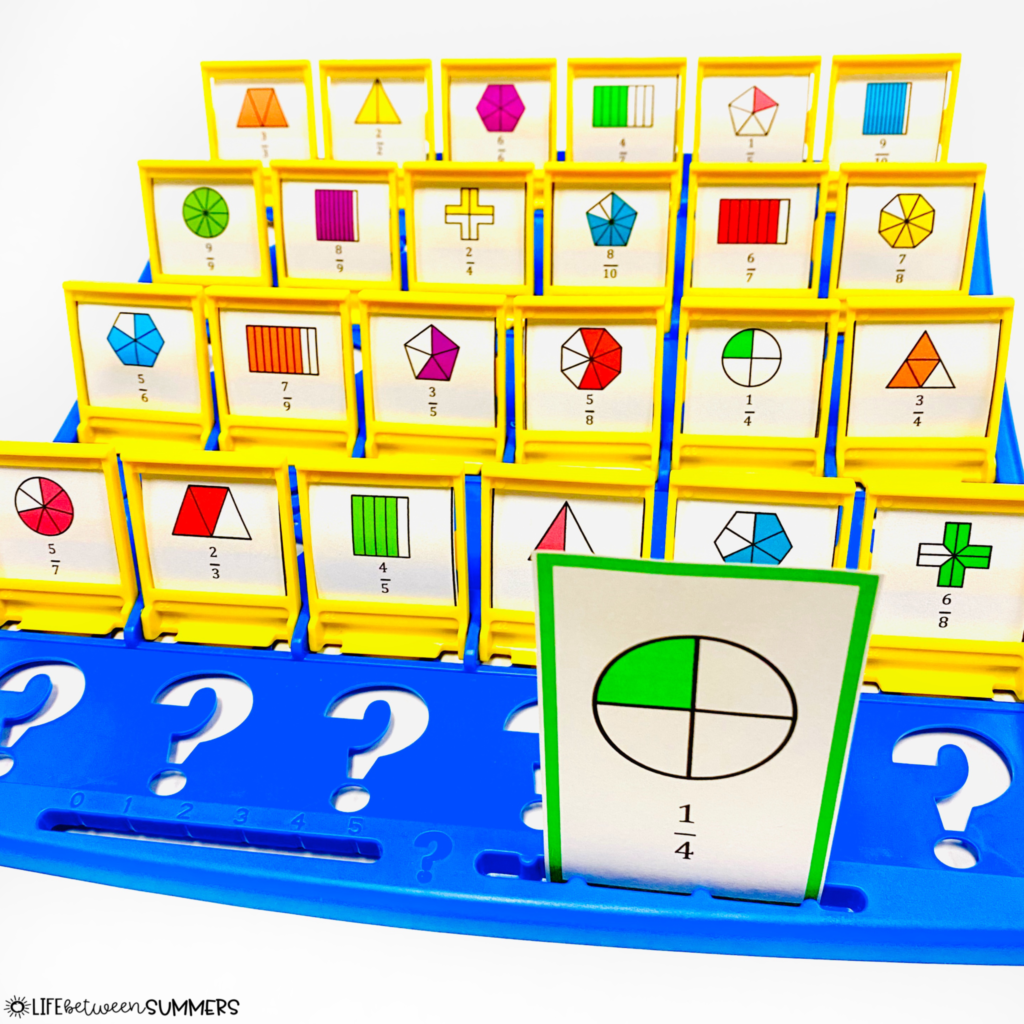
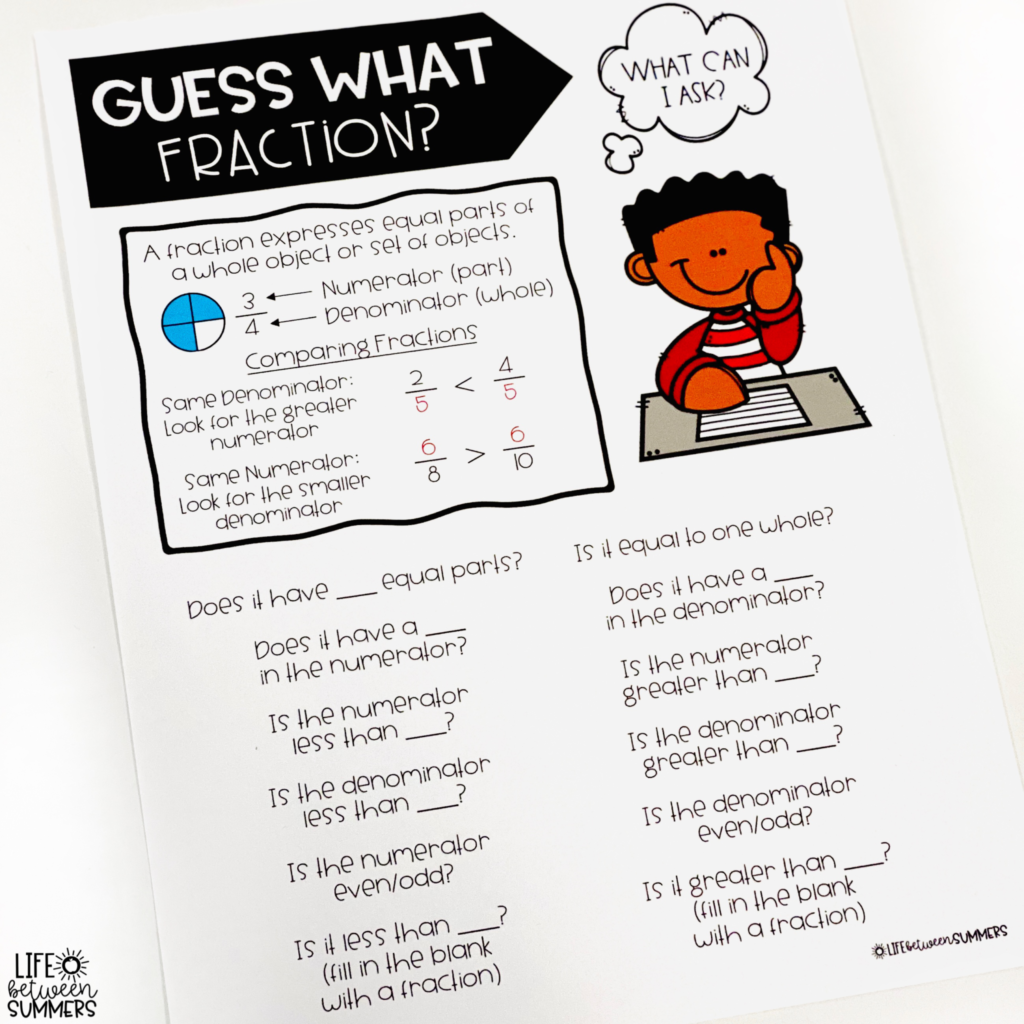
GUESS WHO games for Upper Grade
I’ve also had some upper grade teachers reach out with game requests. One was for Place Value to the Thousands, Ten Thousands, and Hundred Thousands.
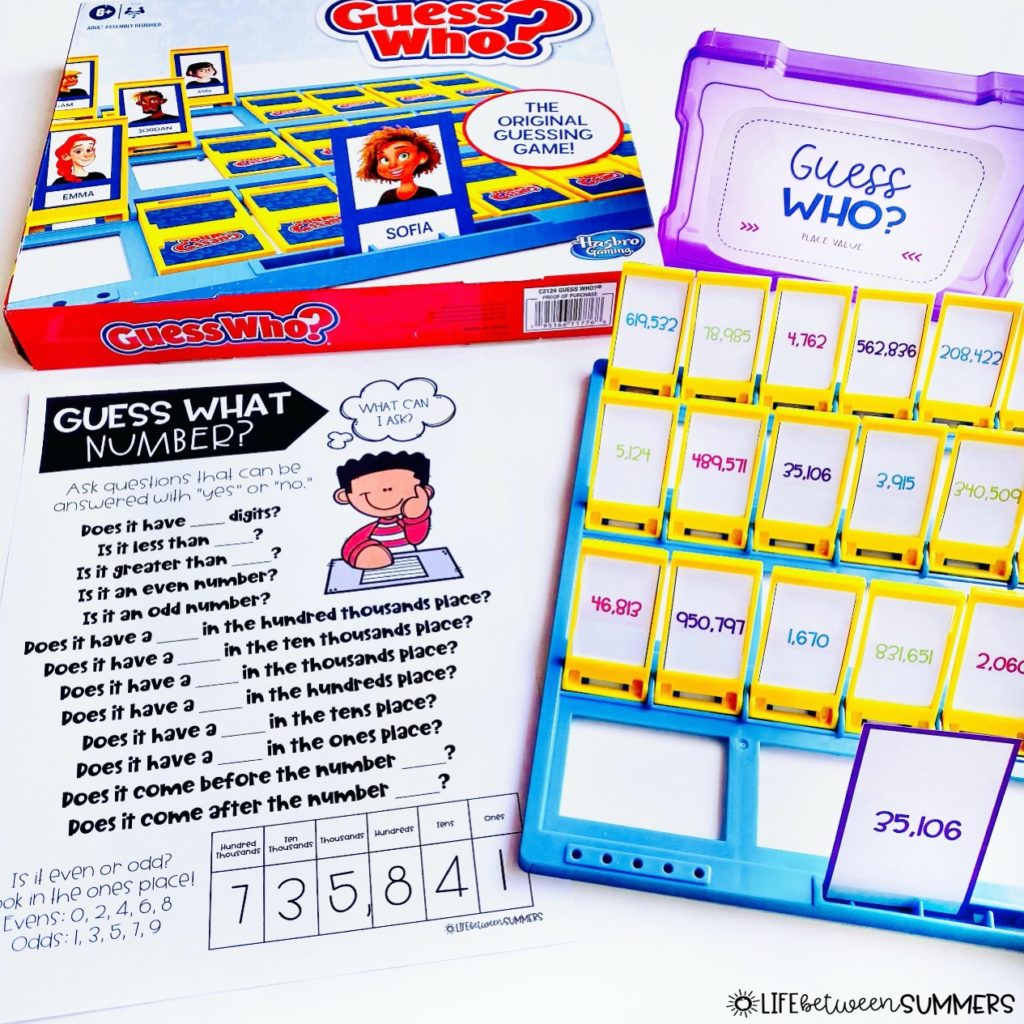
And a fifth grade teacher asked if I could make a version for decimals. Ask and you shall receive, because I now have Guess What Decimal too! I’ll admit that I was a little rusty in the decimals department, but I reached out to teachers at my school and they gave me a good refresher.
I also had some of their students test out the game, and I was blown away by their skills. I didn’t feel “smarter than a 5th grader” as I watched them play, but the game was a major hit! The kids were super focused, engaged, and asked when they could play again. It would definitely make for a popular math center or early finisher activity in a fourth or fifth grade classroom. 5 different game sets are included for students to practice comparing decimals:
- Practice Decimals with Ones and Tenths
- Math Decimals to the Hundredths Place
- Decimals to the Thousandths Place
- Mixed Decimals (a combination of the 3 games above)
- Mixed Decimals with 0 Ones (the most challenging version, where students can only rely on numbers after the decimal point)
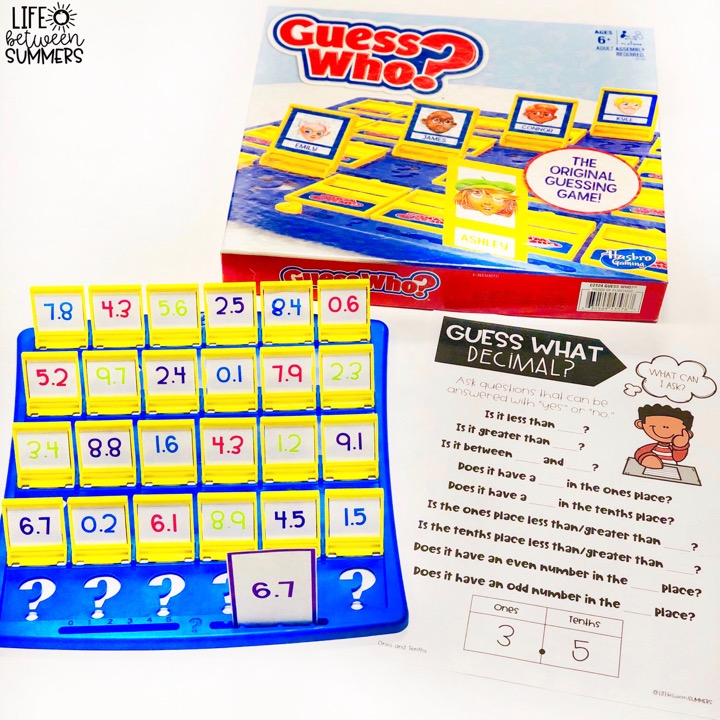
GUESS WHO Math Game Bundles
Guess Who works great for math centers (or as an activity for your early finishers) throughout the whole school year. Once your students know how to play, all you have to do is switch out the game boards for a new math skill!
Get the best savings on multiple games when you grab them in a bundle!
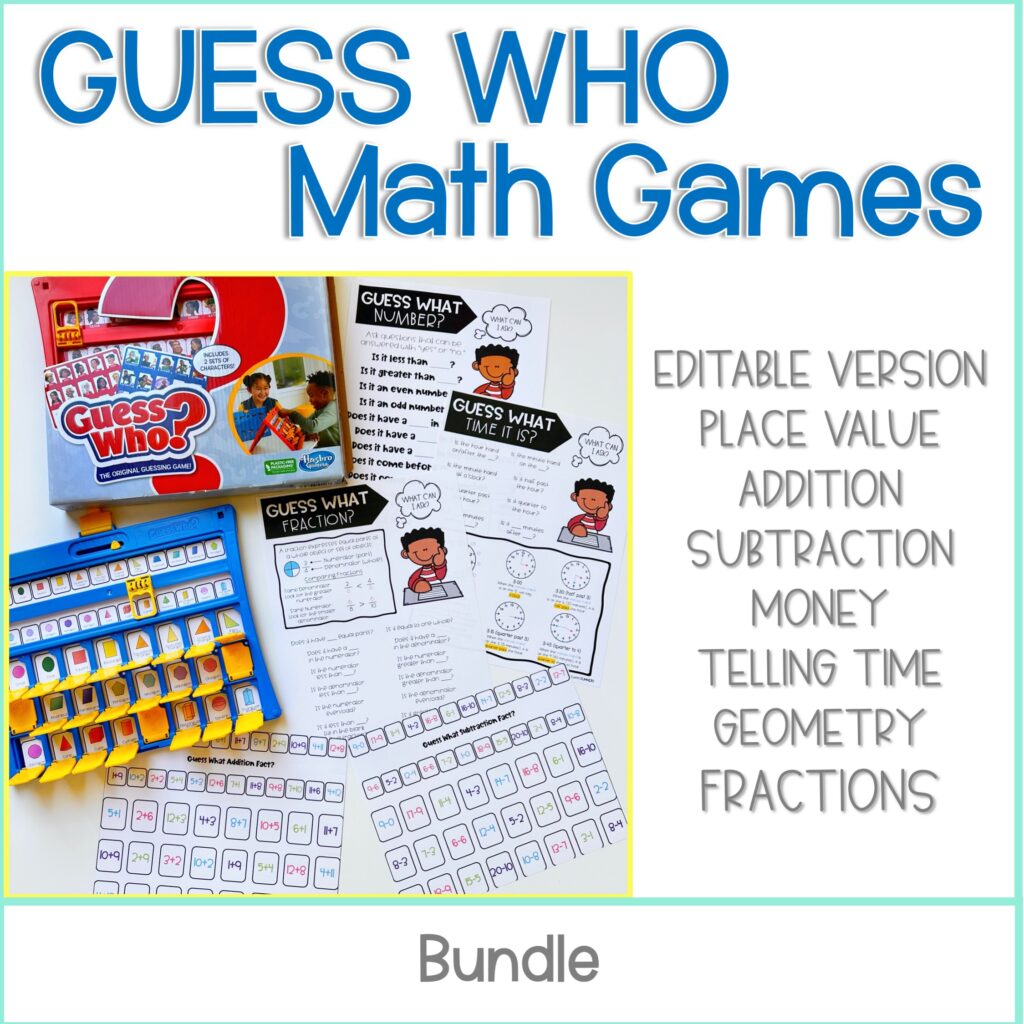
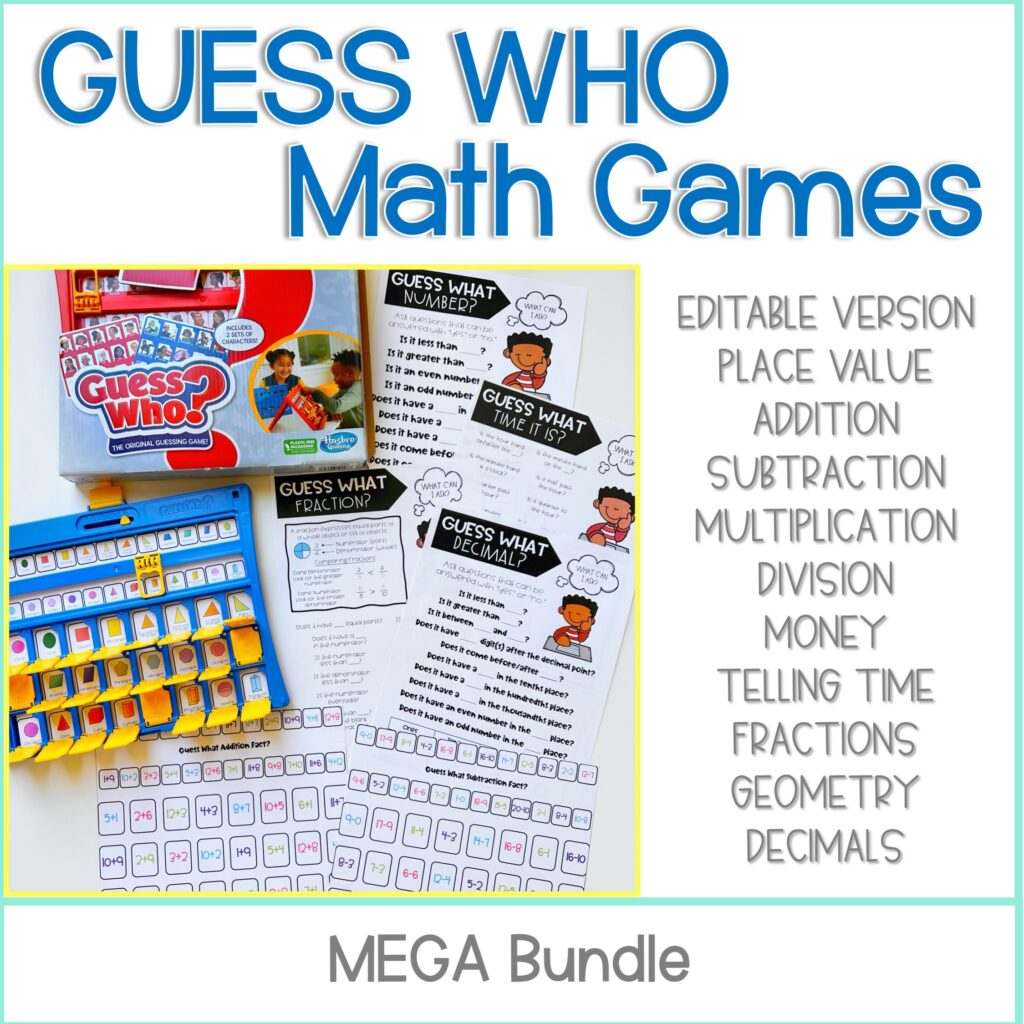
Both bundles are also available on TPT.
The MEGA bundle includes all of the games from the original bundle- plus the ones for multiplication, division, decimals, and place value up to the hundred thousands).
Both bundles also include an editable version. The possibilities are endless with these editable templates, which can be used for any grade level, skill, or subject.
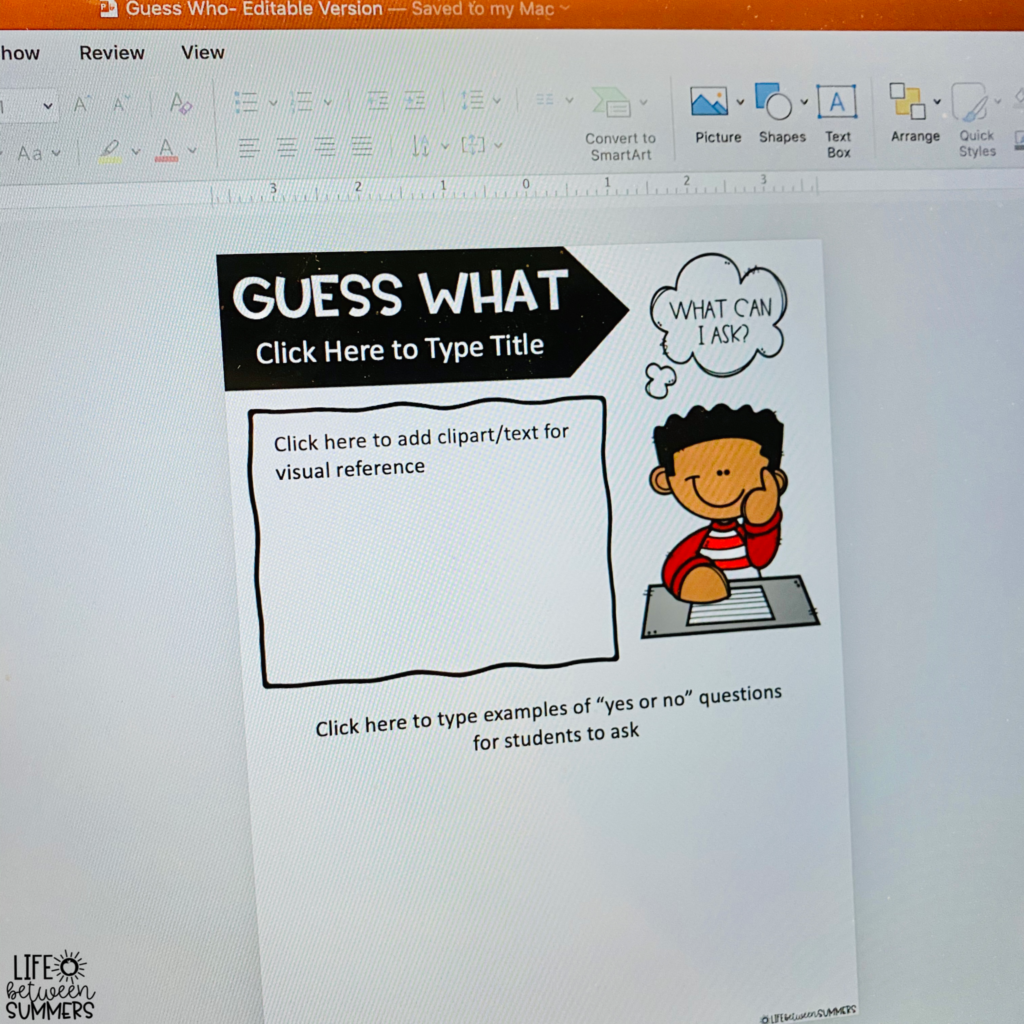
Storage for GUESS WHO Games
With so many game versions, it helps to stay organized! If using any of the older game boards with the individual card pieces, I recommend storing each set of game board cards and mystery cards in separate containers. I keep mine in the Recollections Color Photo & Craft Keeper (sold on Amazon or at Michaels). You can get labels for FREE right here and they can be printed on full sheets of sticker paper.
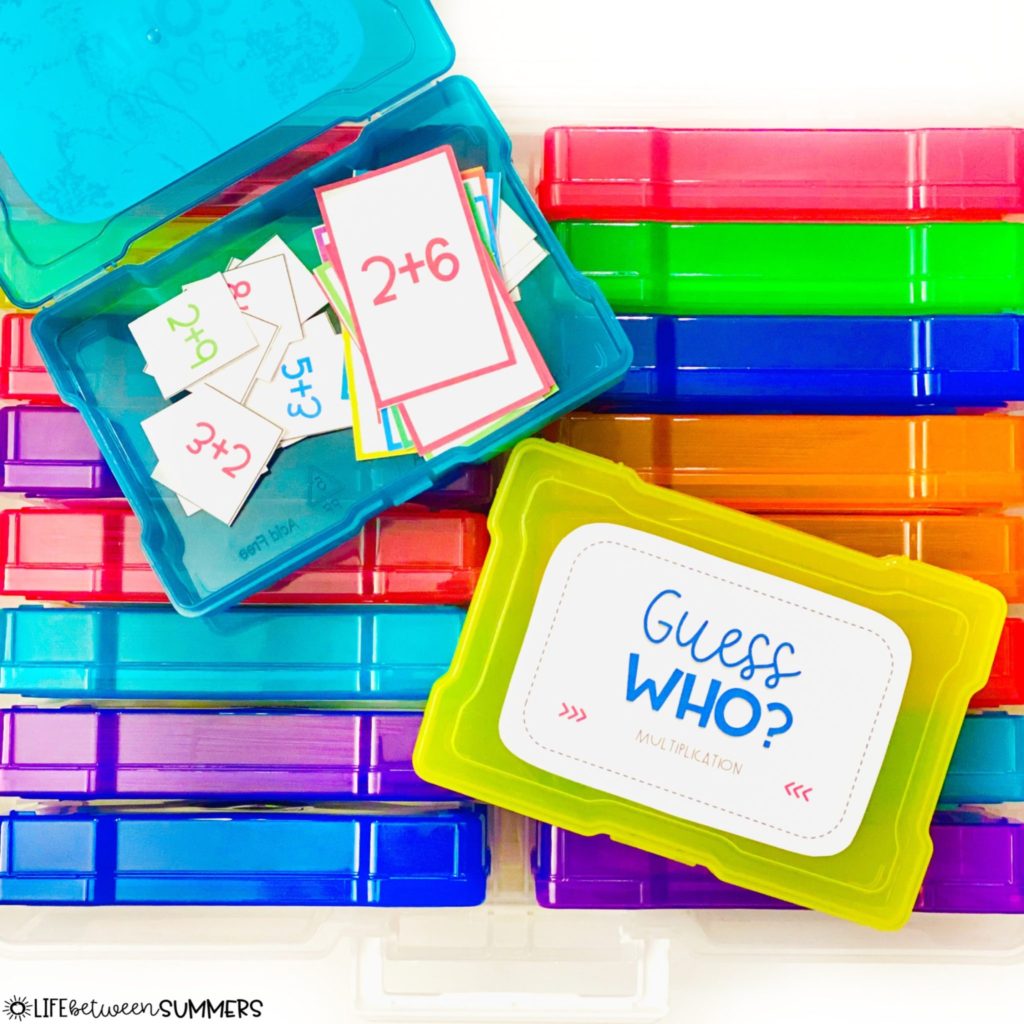
Game Board Compatibility
Some of the older or alternative versions of the actual Guess Who board game have different sizes, and my game cards may not fit with those editions. Each of my game sets come with THREE templates.
One is for this newest version of Guess Who, with the Easy to Load game boards. It is the quickest and easiest for prepping, since you don’t need to cut out any of the small pieces.
The other two are compatible with previous versions sold on Amazon. One is for the board with 4 rows with 6 in each row (as pictured in many of the photos above). The other is this more recent version of the board game. That edition is the set that has 3 rows (and 8 in each row) with the longer flaps seen here:
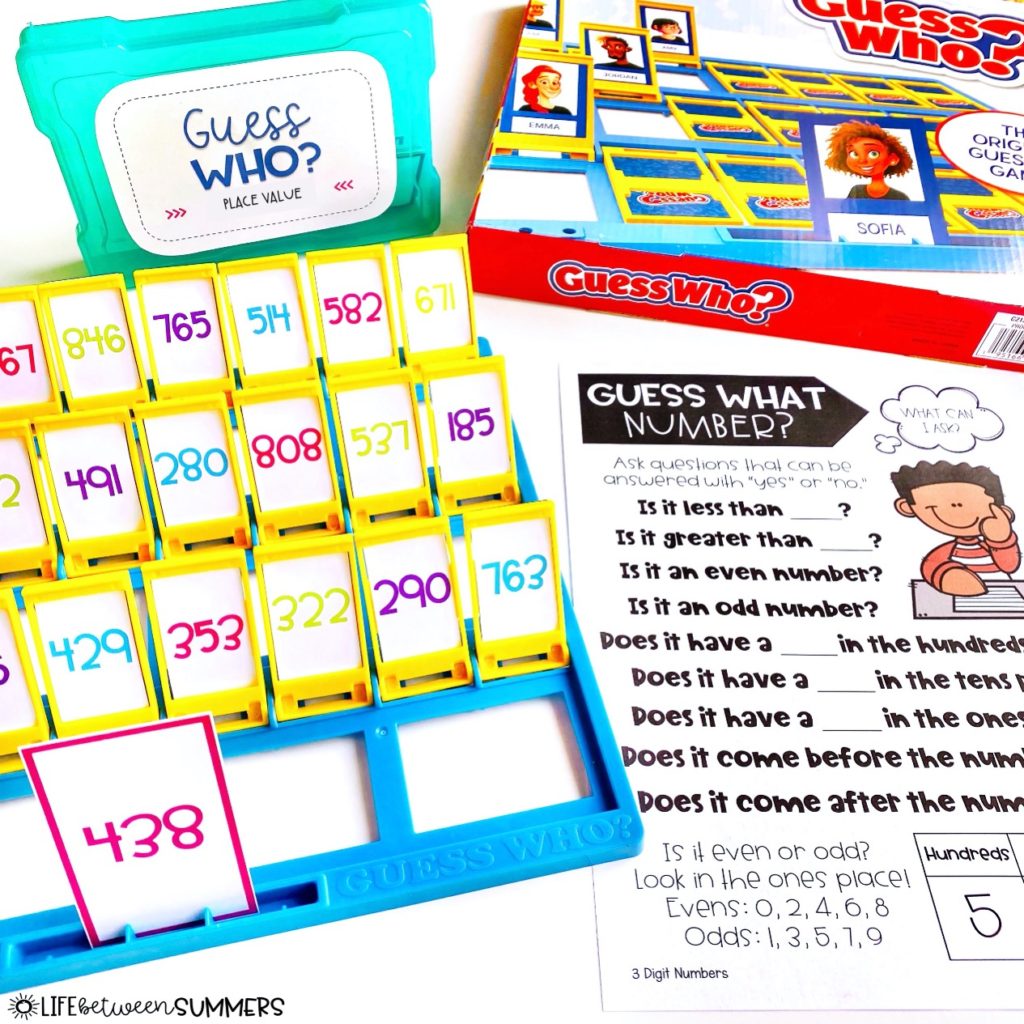
If you’d like more ideas for engaging math practice based on classic games, you might also want to check out my color Jenga game sets.
There’s a group of kids out there that is so lucky to have one very special person in their lives. Someone who is taking the time right this second to look for new ideas to make math and learning fun for them. Guess who? 😉


Leave a Reply
You must be logged in to post a comment.